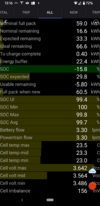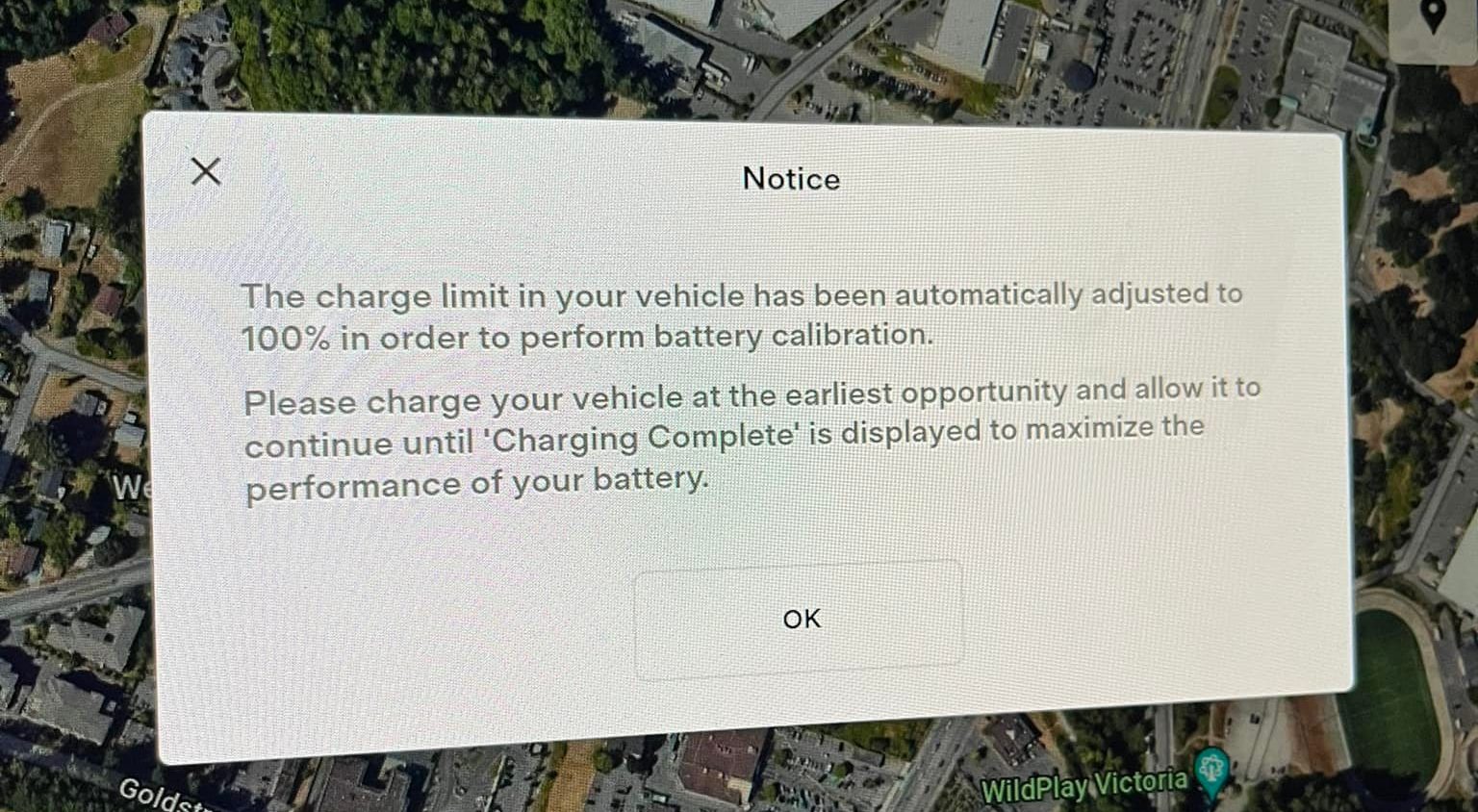Correct me if I'm wrong, but that chart relates to generic LFP batteries,
Well, there is a
lot of research reports. Some even used CATL LFP. What we see is that there is very small differences between the research reports.
that probably aren't in a sophisticated, liquid cooled battery pack,
Liquid cooling, or heating doesnt matter when the car is not used. The cell temperature joins the ambient and in the sun the cell pack get about 5-7C higher than the ambient. Sophisticated or not, the batteries can not be protected from calendar aging in the car except cooling to keep them cooler which does not happen)
with top and bottom buffers,
No top buffers on Tesla. Tesla use the battery to the industry standard for 100% SOC —> no top buffer.
Tesla use Bottom buffer. But bottom buffer do not matter for calendar aging, in no way at all.
If someone is shooting at you, a life west and safety belt wont help.
controlled by an advanced BMS.
Which can only sit and watch as the battery degrade from calendar aging.
Calendar aging is [SOC x Celltemp x time]
The BMS can not decide the SOC, the owner do.
The BMS can not decide the cell temp. The environment do. The BMS do not get the authority to cool the cells during hot days.
The BMS can not even stop the time, despite being magic.

We've got real world results from a range of owners and they seem to show ~2-3% degradation after 10-20k miles and ~one year of operation regardless of charging strategy.
We need to wait and see a little further.
We can hope that the most recent LFP’s has gotten reduced calendar aging, but we can not be really sure yet. Until then, its better assume things work as before. Even if they has reduced the calendar aging, its probable that things still works about the same way, but slightly less rate.
I have a caviat about that the research can not present data that takes a couple of years to get before the batteries is on the market:
AAKEE’s caviat
Caviat again
The problem is that when you need to use the car, you need to use it. If it's a urgent use case scenario are you really willing to gamble on an inaccurate range prediction, when the car may be at a low state of charge?
I can not write every post so it covers all aspects.
I have written this below soon thousand times:
- I am killing the battery myths. I use research facts to tell the true story of how lithium batteries works, as per the latest research I find. I do not tell anyone how they must use these facts.
-Teslas batteries will hold up anyway, but perhaps with a higher degradation.
- I do not think one should strive so hard to reduce degradation that it kills the joy of having an EV/Tesla. If it feels unpleasant, it is not right.
- It is possible to cut the degradation to half, for the one that would like to do that.
-For the ones that do not care, it might still be good to know the facts and at least know what is good and what is bad instead of having these battery myths. For the ones that care even less, skip reading my posts.
-No one should plan with so low SOC that it causes range anxiety. If avoiding means using 100% SOC, thats OK
-No one should use less then the energy needed for each day. If 100% is needed, OK.
-What is not possible can not be done, so without a charging home possibility some people might need to charge to 90% away from home despite short drives. We can only reduce the degradation in relation to our own conditions.
-Anyone is free to learn about batteries, or not.
-Anyone is free to set their own charging schedule. 50, 80 or 100% its your own choice.
I can reach Superchargers in all possible driving directions so 55% is good enough for me. I also still have a ICE car so non problem for me if the car stands with low SOC (like now, just arrived from my mother in law, 250km / -18C so 11% SOC until charhing commences 0330 in the morning).







